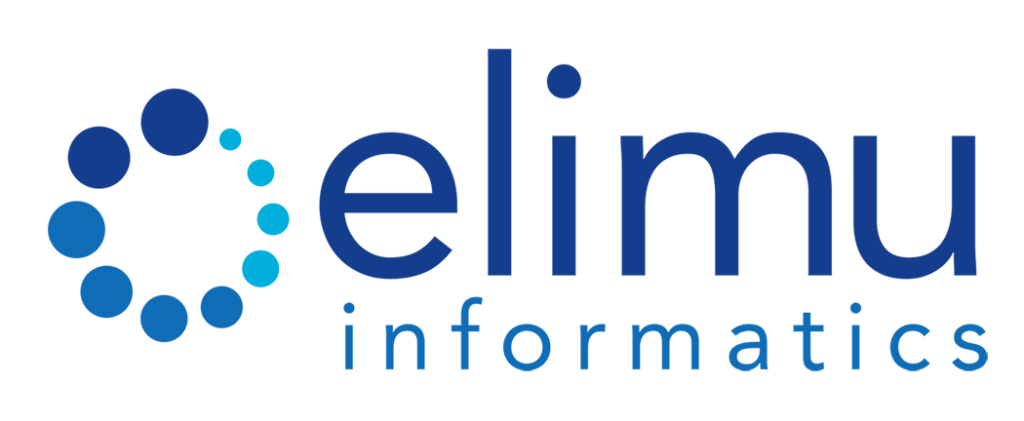Jun 3, 2019 |
EHRs are really good at storing gobs and gobs of information. One of their drawbacks, unfortunately, is the amount of time it takes to actually hunt and peck for all of the data needed to understand a patient and make a decision. A growing movement toward improving usability of EHRs are “custom views” of a patient’s data created for a particular specialty or workflow context. This was quite evident at the recent AMIA Clinical Informatics Conference in Atlanta. In just one poster session, there were at least four presentations on this topic which we have summarized for you below.
Children’s Hospital of Philadelphia’s poster described the use of interactive graphical timeline views to summarize vast amounts of patient data that spans multiple encounters. These views built into a SMART on FHIR app are used in the ER at the hospital. The graphical views show multiple different types of data elements from the chart such as visits, medications, and procedures all arranged in the same timeline to help visualize correlations, if any. Each view summarizes data elements for a single condition – the examples shown were for sickle cell disease and for asthma. Such views help clinicians rapidly gain an overview of the patient’s history for that condition in a single view that would be difficult to replicate within the EHR natively.
Regenstrief Institute investigated whether and how clinicians in different settings have different needs of data when treating the same condition. The research confirms what we know from experience; that the needs vary by setting. However, the researchers further looked at which type of data elements were useful for different practitioners. For example, physicians in the ER focused on vital signs while physicians in the outpatient setting looked for prescription fill data. A lot more research needs to be done to increase our understanding of context-relevant views of patient data, but the key takeaway is that “one-size-fits-all” doesn’t really work. SMART on FHIR apps allow for different audiences to have different views. We look forward to seeing more publications from the authors.
The University of Chicago presented a custom dashboard created in their EHR system to support an antibiotic timeout workflow. The dashboard brings together the data needed for assessing the management of a given infectious condition with antibiotics. Vitals, WBC count, culture results, and active antibiotics are all presented in one coherent view. Results indicated a decrease in the duration of use of broad-spectrum antibiotics. This dashboard exemplifies apps that can assist clinicians in making specific decisions quickly by presenting patient data and other resources in an integrated view.
Vanderbilt University Medical Center presented the Vanderbilt EMR Voice Assistant (VEVA) (it was presented in a separate session from the posters). VEVA has a very different take on making data more easily accessible . VEVA receives requests spoken by the clinician for information from the EHR. It responds in an audio format providing a summary of the patient information from the EHR. It has intelligence to provide additional contextual information from the record. Imagine the physician asking for the reason for a patient’s visit. In addition to informing the doctor that the patient is here for a hypertension follow-up visit, the assistant also shares the last BP, and that the patient is taking atenolol. Even though this isn’t necessarily a context relevant view of data – the fact that VEVA provides contextual information beyond what the clinician asked for is in-line with the value of bringing data together that is often found apart within the EHR.
I presented a poster on behalf of a collaborative team of researchers from Elimu, the University of California San Diego, and the University of Utah. Our research is about dynamically creating context-relevant views of patient data using our Loupe machine learning platform. In this project, we are studying the use of context-relevant views by hospitalists when evaluating and managing the care of patients with acute kidney injury or altered mental status.
Though all of the apps cited above are extremely useful, they are only a drop in the bucket of potential apps that will reduce physician burnout, assist in decision-making, and improve quality. This presents an economic issue – most provider orgs can build or buy 1 or 2 apps, but how do they scale to 10 apps or 30 apps?
At Elimu, we continue to work on solutions that make it very easy and quick to create SMART on FHIR apps for different clinical scenarios via our Sapphire SMART on FHIR app assembler platform. Sapphire has a library of configurable, re-usable components that can be assembled into workflow-specific apps via a drag-and-drop user interface similar to Visio. Sapphire also integrates Loupe so that apps automatically can present the right data for the context. Our mission is to improve EHR usability by making SMART on FHIR technology extremely accessible and scalable. We do that by dramatically reducing development cost and cutting project timelines from months to days.
I could not attend the full CIC meeting, but got my money’s worth of learning from my informatics colleagues in just one poster session. I am looking forward to CIC in 2020. See you there, unless I see you first at the AMIA Annual Meeting in November.
